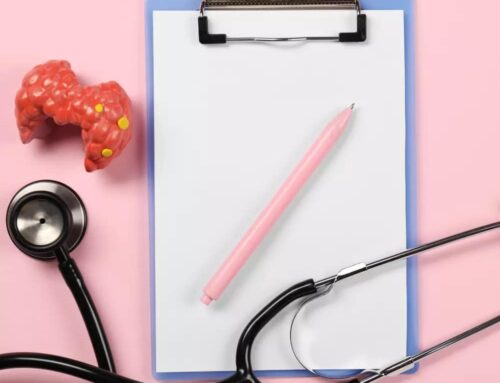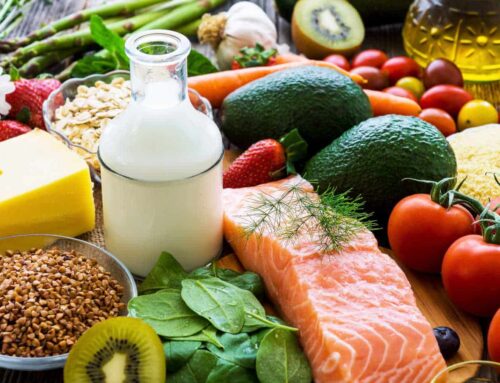Diabetes Mellitus is the third leading cause of death in the United States, effecting about 80% of the population. Diabetes is a blood sugar problem. Glucose (sugar) can be used by all of the cells in the body for energy. When it gets to a high level in the blood it causes problems. Our body is normally able to sense a rise in blood sugar and secrete a hormone called insulin from the pancreas. This hormone forces sugar in the blood into cells where it is either burned for energy or converted and stored as body fat. Problems occur when insulin is either not secreted at all, not secreted enough, or the cells of the body are not responding to it any more. It is my teaching that orally ingested forms of carbohydrates of any kind are not essential for any known physiologic pathway in the body. If you body needs blood sugar for anything, it can make it from essential fats and protein. As a result, the production of insulin in response to sharp rises in blood sugar can be said to be a response to sugar toxicity, and not a “normal” phenomenon at all (though it has become accepted as the “norm”).
High sugar and/or prolonged moderate elevations in the blood react and bind to proteins and fats in the various organs and blood vessels forming advanced glycation end products (AGE’s). AGEs appear to disrupt the function of what ever they are attached to. This is why the complications of diabetes are so varied and can affect virtually every organ system in the body including kidney failure and blindness.
Though I feel these terms are obsolete and in many ways a useless distinction, diabetes is classically described as either one of two types of diabetes. Type one or “insulin dependent” diabetes is usually a condition of younger people. The onset is usually rapid and some symptoms one would typically present with include increased thirst and increased urination. This is an indication that there is too much sugar in the blood. The cause of insulin dependent diabetes is currently unknown, though it is believed by some researchers that there is a genetic link or perhaps a virus plays a part. Either way, most cases involve an autoimmune reaction, where the immune system destroys the cells of the pancreas that produce insulin. Thus individuals with this condition do not produce insulin and thus must closely monitor their blood sugar throughout the day in order to administer the appropriate amount of insulin via a subcutaneous injection. Now there are adjustable pumps that deliver the insulin into the body through a catheter, making it easier to control ones blood sugar.
People with type two or “non-insulin dependent” diabetes mellitus were classically described as having it occur later in life as adults. They have the same problem clearing sugar from their blood but in this case the pancreas usually makes too little insulin. As a result, cases have a chance of being managed with diet and oral hypoglycemic. Type two used to be called adult onset diabetes, however, these days we are seeing this in young children. So the type two life style disorder of being exposed to excess sugars in the diet is claiming younger victims. This is a direct result of continuously eat too much carbohydrate as part of packaged refined foods as well as easy access to high-fructose corn syrup beverages. After a while the body simply cannot continue to produce enough steady flow of insulin to detoxify itself from the sugar. The pancreas will simply burn out or the insulin receptors on the cells of the body simply do not recognize insulin anymore.
Drugs are a big part of today’s treatment. But try and avoid drugs whenever possible, while taking them when absolutely necessary. Treatment of this condition must include proper diet. One must give that pancreas a rest by eliminating sugar and thus lowering insulin requirement. Exercise also helps immensely. Hard physical training actually assists the insulin response and helps the body clear sugar. Dietary supplements like chromium can also be extremely helpful in supporting a healthy physical response to a sugary attack!








